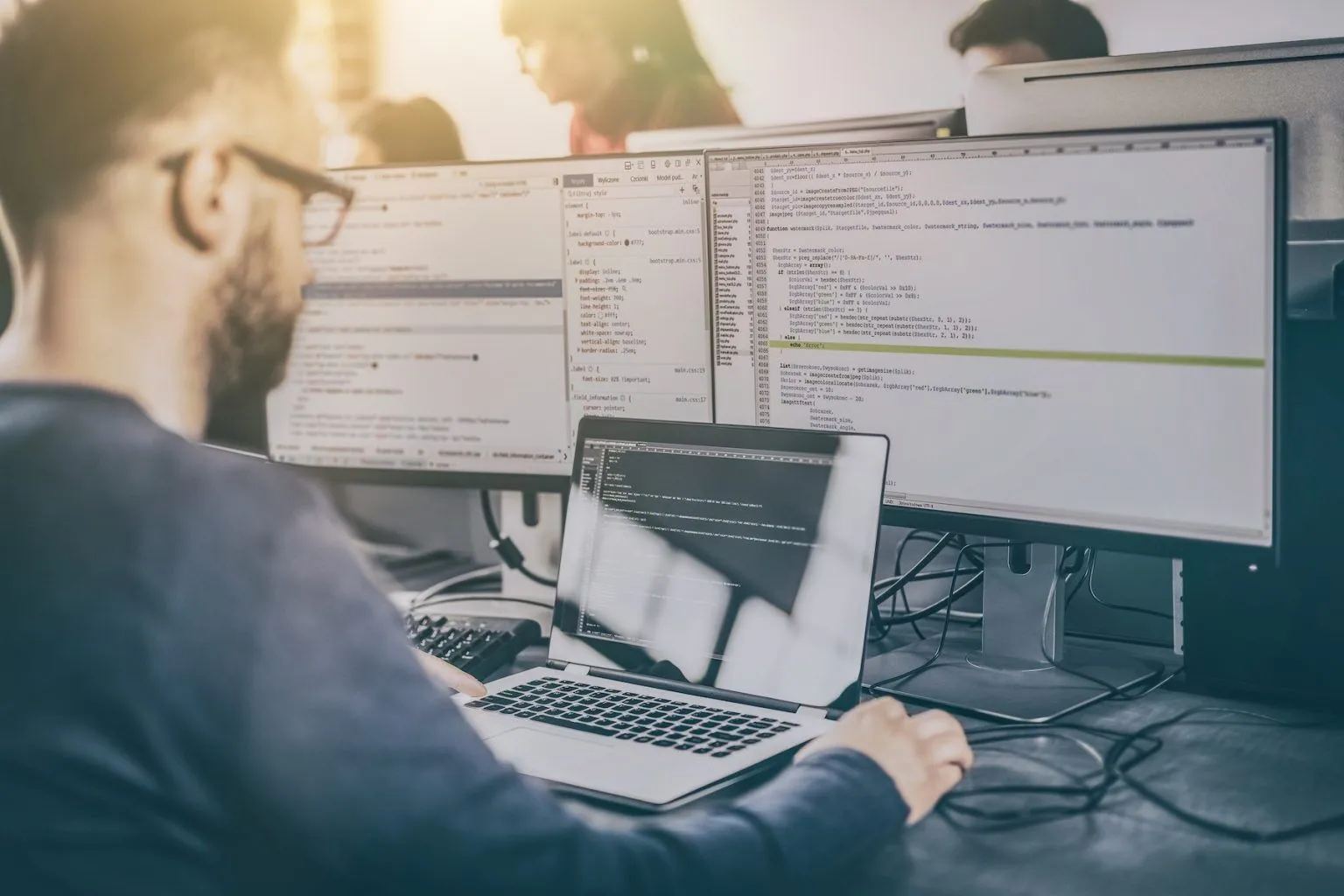In an era where information is power, ensuring the security and confidentiality of sensitive information has become a critical priority for individuals and organizations alike. The increasing sophistication of surveillance technologies has led to the proliferation of bug sweeping services and counter surveillance services. These services are essential for detecting and neutralizing unauthorized surveillance devices and ensuring privacy.
What Are Bug Sweeping Services?
Bug sweeping services, also known as Technical Surveillance Countermeasures (TSCM), involve the detection and removal of hidden surveillance devices, such as bugs, wiretaps, hidden cameras, and other electronic eavesdropping tools. These devices can be covertly placed in homes, offices, vehicles, or any other locations where private conversations and activities take place. The primary goal of bug sweeping services is to identify and eliminate these threats to ensure that private information remains confidential.
How Bug Sweeping Services Work
- Initial Assessment: The process begins with a comprehensive assessment of the environment to identify potential vulnerabilities and areas that require thorough inspection.
- Physical Inspection: Technicians conduct a meticulous physical examination of the premises, looking for unusual or suspicious objects that may contain hidden devices.
- Electronic Detection: Advanced electronic equipment, such as spectrum analyzers, radio frequency (RF) detectors, and non-linear junction detectors (NLJDs), are used to scan for the presence of electronic surveillance devices.
- Signal Analysis: Any detected signals are analyzed to determine their source and whether they are indicative of unauthorized surveillance.
- Device Removal: Once identified, the surveillance devices are carefully removed and neutralized to prevent further information breaches.
- Reporting and Recommendations: A detailed report is provided, outlining the findings and offering recommendations to enhance security and prevent future incidents.
What Is Counter Surveillance Service?
Counter surveillance service goes beyond bug sweeping to encompass a broader range of strategies and techniques aimed at protecting individuals and organizations from various forms of surveillance. This includes not only detecting and removing surveillance devices but also implementing measures to prevent surveillance from occurring in the first place.
Components of Counter Surveillance Service
- Risk Assessment: Identifying potential threats and vulnerabilities specific to the individual or organization. This involves evaluating the likelihood of being targeted and the methods that could be used for surveillance.
- Surveillance Detection: Actively monitoring for signs of surveillance, such as suspicious individuals, vehicles, or behaviors, that may indicate someone is being watched.
- Electronic Countermeasures: Employing electronic tools and techniques to detect and disrupt electronic surveillance, including RF jammers and signal blockers.
- Security Protocols: Developing and implementing security protocols and procedures to minimize the risk of surveillance, such as secure communication methods and physical security measures.
- Training and Awareness: Educating individuals and staff on the importance of surveillance awareness and best practices for maintaining privacy and security.
Importance of Bug Sweeping and Counter Surveillance Services
Protecting Sensitive Information
In both personal and professional contexts, sensitive information must be protected to prevent unauthorized access and potential misuse. Bug sweeping and counter surveillance services are vital in safeguarding confidential data, trade secrets, and personal privacy.
Enhancing Security and Peace of Mind
Knowing that your environment is free from hidden surveillance devices provides peace of mind and allows individuals and organizations to operate without the fear of being monitored. This is particularly important for high-profile individuals, government officials, corporate executives, and anyone handling sensitive information.
Legal and Ethical Considerations
Unauthorized surveillance is not only a breach of privacy but also a violation of legal and ethical standards. By employing bug sweeping and counter surveillance services, individuals and organizations can ensure compliance with privacy laws and maintain ethical standards.
Conclusion
In a world where surveillance technologies are continually evolving, the need for effective bug sweeping and counter surveillance services has never been greater. These services play a crucial role in protecting privacy, securing sensitive information, and maintaining peace of mind. By understanding and utilizing these services, individuals and organizations can proactively defend against unauthorized surveillance and uphold the highest standards of security and confidentiality.


